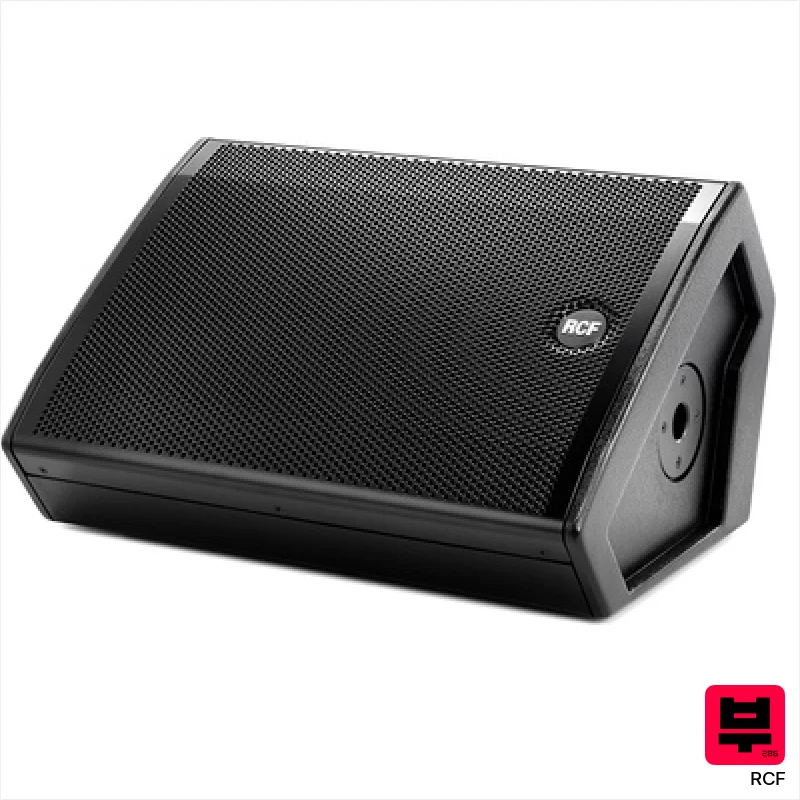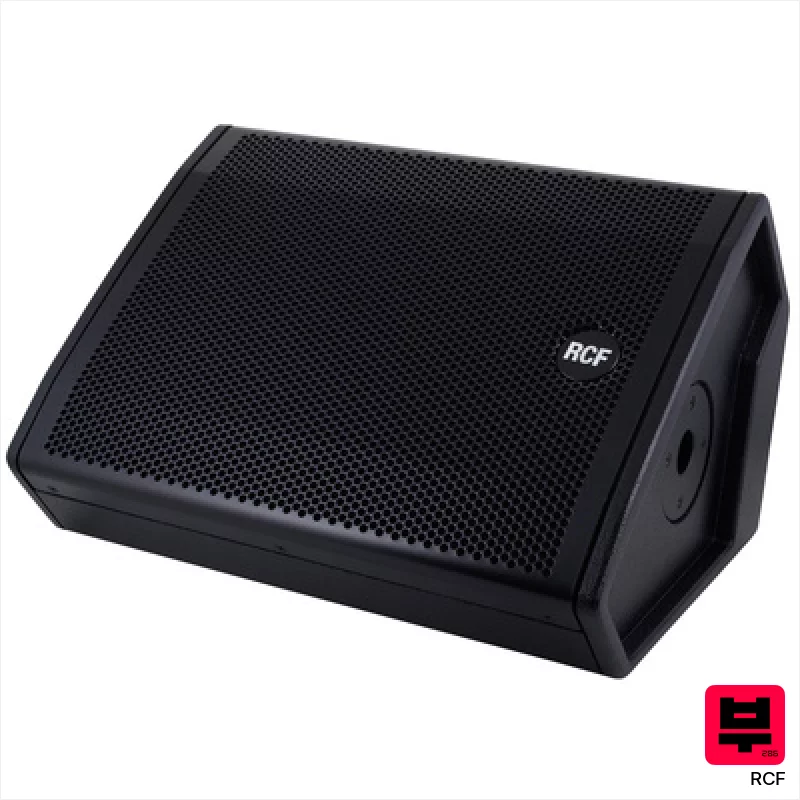Best RCF Active Stage Monitors 2025
Premium RCF active stage monitors - legendary tone and craftsmanship
Last updated: November 5, 2025 • Next update: November 12, 2025

RCF NX 915-SMA
- • Wedge design for floor placement
- • Built-in amplification for stage use
- • Power outlets needed on stage
- • Electronics exposed to stage environment
RCF NX 915-SMAActive Full-Range Monitor2-Channel Class-D poer amplifierPower: 2100 W peak1050 W RMSEquipped with:...

RCF NX 15-SMA
- • Individual volume control per monitor
- • Wedge design for floor placement
- • Heavier than passive monitors
- • Limited upgrade path for amplification
RCF NX -15SMAActive Coax Full Range MonitorEquipped with: 15" und 1"Power: 700 Watt bi ampWith FRFR - full...

RCF NX 10-SMA
- • Quick setup for stage monitoring
- • Built-in amplification for stage use
- • Power outlets needed on stage
- • Electronics exposed to stage environment
RCF NX 10-SMAActive Coax Full Range MonitorEquipped with: 10" and 1"Power: 400 Watt Bi AmpWith FRFR - full...

RCF NX 912-SMA
- • No external amplifiers required
- • Quick setup for stage monitoring
- • Heavier than passive monitors
- • Limited upgrade path for amplification
RCF NX 912-SMAActive Full-Range Monitor2-Channel Class D power amplifierPower: 2100 W peak1050 W RMSEquipped with:...

RCF NX 12-SMA
- • No external amplifiers required
- • Built-in amplification for stage use
- • More expensive than passive equivalents
- • Limited upgrade path for amplification
RCF NX-12SMAActive Coax Full Range MonitorEquipped with: 12" and 1"Power: 700 Watt Bi AmpWith FRFR - full...
How to Choose the Best Active Stage Monitors
Budget Planning
- • Under $200: Entry-level
- • $200-$500: Intermediate
- • $500-$1000: Advanced
- • $1000+: Professional
Quality Check
- • Sound clarity & tone
- • Build materials & finish
- • Hardware durability
- • Overall craftsmanship
Key Features
- • Your musical style
- • Skill level match
- • Intended use case
- • Brand reputation
